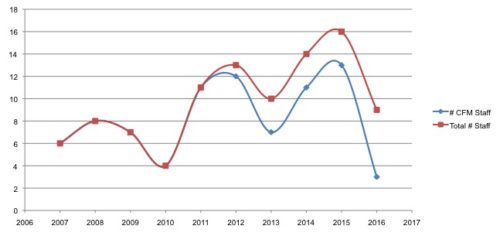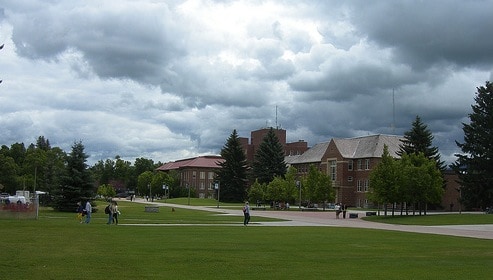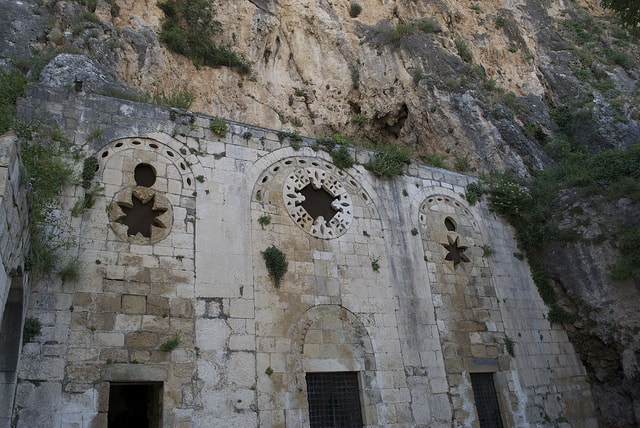- 3 CFM staff (Campus Field Ministry – focused on the general population at the University of Arkansas),
- 3 Athletes in Action staff,
- 2 Bridges staff (International Students),
- and 1 Impact staff (focusing on students of African descent).
- 40 international students at the Bridges dinner
- 30 athletes at the AIA dinner (which is low for them – they typically have 50-75)
- 60 African american students at the Impact dinner
- Movement-Killer #1 — Hasty (or No) Selection
- Movement-Killer #2 — Staff Filling Their Schedule with 1-1 Appointments
- sending first
- sending our best
- and sending until it hurts.
- 2 of those to East Asia
- 2 to do Bridges (international students) full time
- 1 to do Impact (African American students) full time
- 1 to do JESUS Film
- two years of plenty resulting in sending
- a low year
- two years of plenty resulting in sending
- a low year




